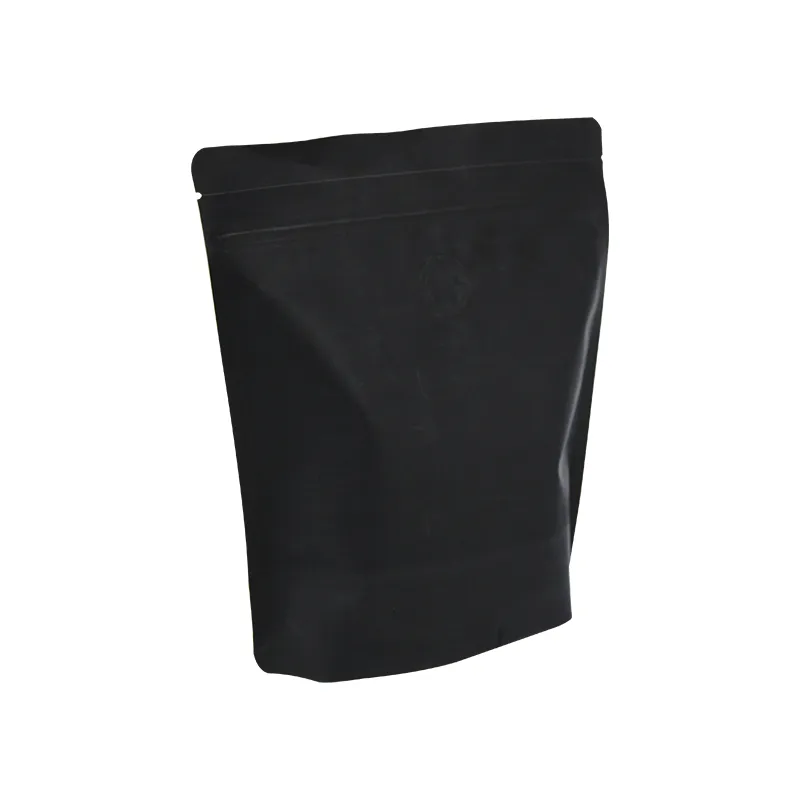- Afrikaans
- Albanian
- Amharic
- Arabic
- Armenian
- Azerbaijani
- Basque
- Belarusian
- Bengali
- Bosnian
- Bulgarian
- Catalan
- Cebuano
- chinese_simplified
- chinese_traditional
- Corsican
- Croatian
- Czech
- Danish
- Dutch
- English
- Esperanto
- Estonian
- Finnish
- French
- Frisian
- Galician
- Georgian
- German
- Greek
- Gujarati
- haitian_creole
- hausa
- hawaiian
- Hebrew
- Hindi
- Miao
- Hungarian
- Icelandic
- igbo
- Indonesian
- irish
- Italian
- Japanese
- Javanese
- Kannada
- kazakh
- Khmer
- Rwandese
- Korean
- Kurdish
- Kyrgyz
- Lao
- Latin
- Latvian
- Lithuanian
- Luxembourgish
- Macedonian
- Malgashi
- Malay
- Malayalam
- Maltese
- Maori
- Marathi
- Mongolian
- Myanmar
- Nepali
- Norwegian
- Norwegian
- Occitan
- Pashto
- Persian
- Polish
- Portuguese
- Punjabi
- Romanian
- Russian
- Samoan
- scottish-gaelic
- Serbian
- Sesotho
- Shona
- Sindhi
- Sinhala
- Slovak
- Slovenian
- Somali
- Spanish
- Sundanese
- Swahili
- Swedish
- Tagalog
- Tajik
- Tamil
- Tatar
- Telugu
- Thai
- Turkish
- Turkmen
- Ukrainian
- Urdu
- Uighur
- Uzbek
- Vietnamese
- Welsh
- Bantu
- Yiddish
- Yoruba
- Zulu
Exploring the Dynamics of Liquid Containment in Innovative Box Designs
The Fascinating World of Liquid Boxes Innovation in Packaging
In recent years, the packaging industry has seen a remarkable evolution, with liquid boxes emerging as a game-changing solution for various sectors. These innovative containers combine versatility, durability, and sustainability, catering to the growing demand for efficient and eco-friendly packaging options. Liquid boxes, primarily designed for beverages, sauces, and other liquids, offer a blend of functionality and appeal, making them an exciting frontier for manufacturers and consumers alike.
What Are Liquid Boxes?
Liquid boxes, often referred to as liquid cartons or cartons, are specifically designed to hold and preserve liquid products. They are typically made from layers of paperboard, an inner layer of polyethylene, and sometimes aluminum. This multilayer design keeps liquids fresh and safe from external factors such as light and air, which can spoil or degrade products. These boxes come in various shapes and sizes, catering to everything from single-serve beverages to bulk liquid applications.
Advantages of Liquid Boxes
1. Sustainability One of the most significant advantages of liquid boxes is their environmental footprint. With a growing emphasis on sustainable packaging practices, many companies are turning to liquid boxes made from renewable resources. They are often recyclable and can be produced from responsibly sourced materials, making them a more eco-friendly option compared to traditional plastic packaging.
2. Lightweight and Efficient Liquid boxes are lightweight, which reduces shipping costs and energy consumption during transportation. Their design also allows for efficient stacking, maximizing storage space during distribution and minimizing wasted space in retail environments.
3. Barrier Protection The unique composition of liquid boxes provides excellent barrier properties. This means that products stored within these boxes are protected from oxygen, light, and moisture, extending shelf life and maintaining product integrity. For example, juices, soups, and sauces retain their freshness much longer when packaged in liquid boxes.
liquid boxes

4. Consumer Convenience Many liquid boxes feature user-friendly designs, such as easy-to-pour spouts and resealable tops. This convenience appeals to busy consumers who seek practicality in their daily lives. The ability to pour without spillages is especially valuable in the fast-paced world we live in today.
5. Branding Opportunities Liquid boxes offer ample space for branding and product information. Companies can utilize vibrant colors, unique shapes, and creative designs to stand out in the crowded marketplace. Eye-catching packaging can attract consumers and enhance brand recognition, driving sales and loyalty.
Challenges and Innovations
Despite their numerous benefits, liquid boxes face challenges, particularly in perceptions of trade-offs between environmental sustainability and product protection. Brands must continually innovate to enhance the recyclability of these containers without compromising their effectiveness. Advances in biodegradable materials and improved recycling processes are critical areas where the industry is focusing its efforts.
Moreover, consumer education plays a vital role in mitigating any misconceptions about the recyclability of liquid boxes. Since these containers are often made from multiple materials, understanding how to recycle them properly remains essential. Initiatives aimed at increasing awareness and promoting responsible disposal practices can foster a stronger eco-conscious mindset among consumers.
The Future of Liquid Boxes
Looking ahead, the future of liquid boxes appears bright. As sustainability becomes a central factor in packaging decisions, the demand for liquid boxes is expected to rise. Innovations in materials and designs will likely lead to even more environmentally friendly options becoming available, catering to an increasingly eco-conscious consumer base.
In conclusion, liquid boxes embody the intersection of practicality and sustainability in the packaging industry. With their numerous advantages, they are well-positioned to address the challenges of modern consumers and the planet alike. As manufacturers continue to innovate and adapt, liquid boxes will undoubtedly play a significant role in shaping the future of packaging.













